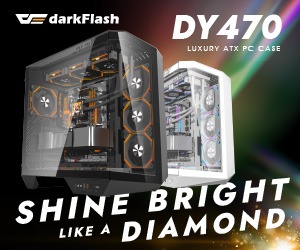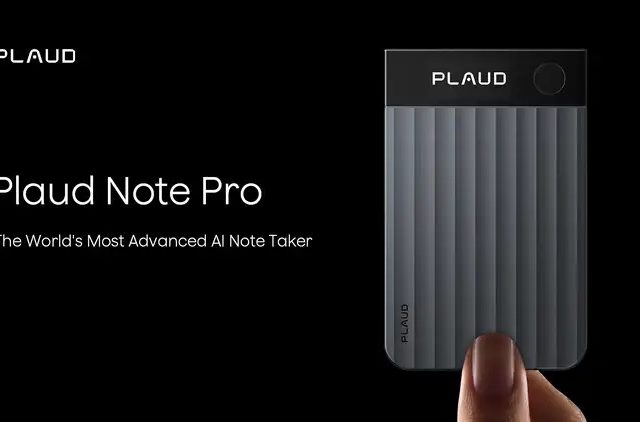Today, I had the opportunity to attend the NVIDIA Consumer AI Demo Showcase in Kuala Lumpur—an event that not only highlighted NVIDIA’s technological prowess, but also underscored how AI is transforming personal computing from the ground up. From high-performance gaming to creator workflows and AI assistants running entirely on local machines, NVIDIA is redefining what it means to be a PC user in 2025.
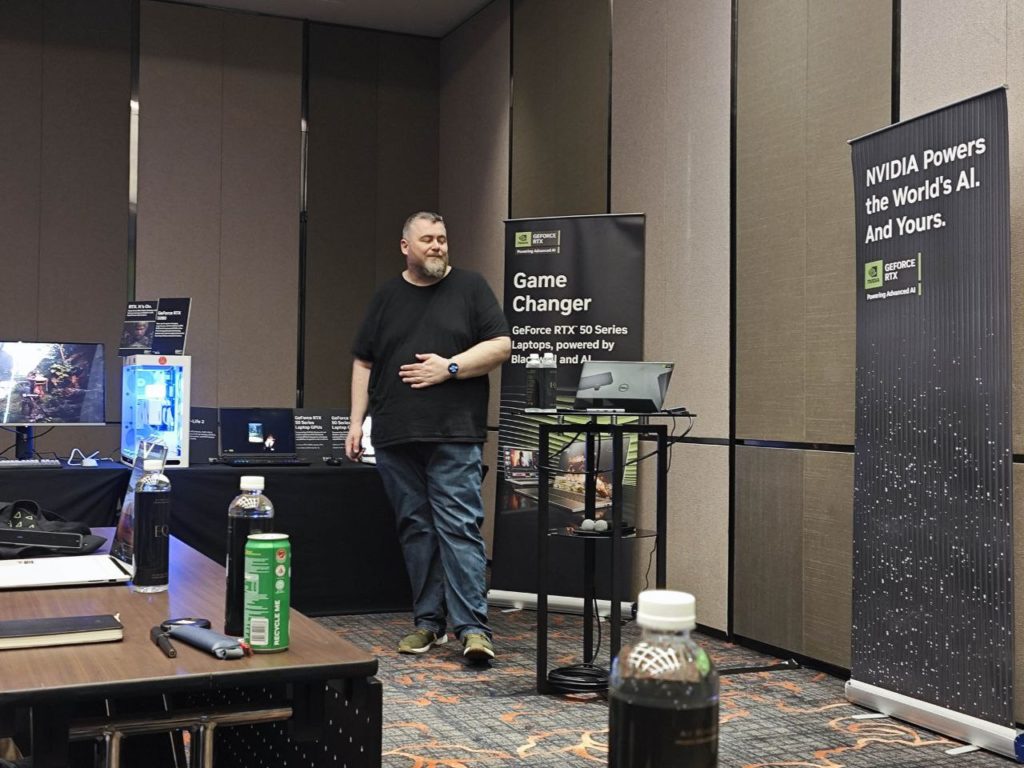
Blackwell Architecture & GeForce RTX 50 Series: The AI GPU Evolution

The center of attention was undoubtedly the GeForce RTX 50 Series, built upon NVIDIA’s revolutionary Blackwell architecture. The GeForce RTX 5090 GPU, with an astonishing 92 billion transistors and a compute capability of 3,352 trillion AI operations per second, stole the show. NVIDIA showcased how DLSS 4 with Multi Frame Generation can multiply performance up to 8X, while NVIDIA Reflex 2 slashes latency by up to 75%—clearly signaling the shift toward AI-first rendering pipelines.
Whether it was through neural rendering, advanced ray tracing, or RTX Neural Shaders, the RTX 50 Series blurs the line between real and virtual. The live demos and benchmark comparisons showed how RTX 5090 delivers double the performance of the 4090, and more importantly, how the performance leap is not just raw—it’s smart, AI-optimized, and power-efficient.
Neural Shading, Digital Humans & RTX Mega Geometry
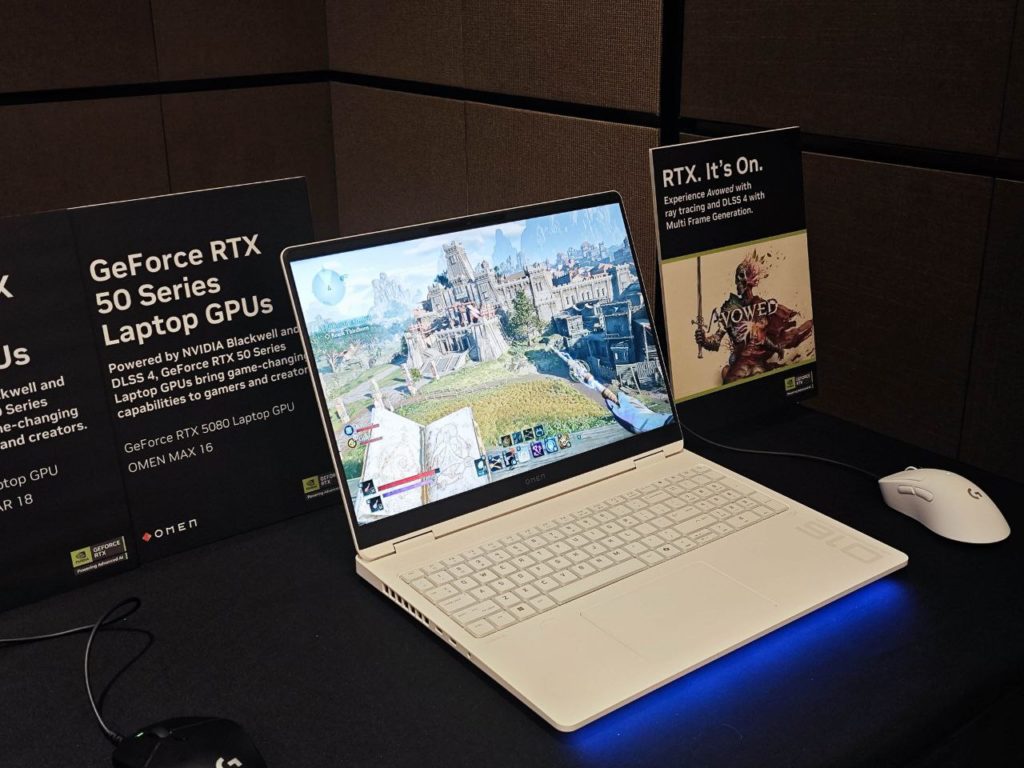
One of the most compelling technologies on display was RTX Neural Shaders—an integration of AI models directly into the rendering pipeline, allowing for real-time enhancements in lighting, texture fidelity, and even film-grade materials. NVIDIA demonstrated RTX Neural Faces, which take basic mesh and pose data and output photorealistic, temporally stable facial animations using generative AI. When paired with ray-traced hair, skin, and RTX Mega Geometry—which increases the ray-traced triangle budget by up to 100x—the realism achieved is nothing short of breathtaking.
These advancements are not just technical feats; they’re enablers of a new generation of content. Game developers and filmmakers now have tools to create digital characters with emotional nuance, without compromising performance.
Laptops That Redefine Portability and Power
NVIDIA didn’t stop at desktops. The event also highlighted the RTX 50 Series laptop lineup, featuring flagship systems like the ROG Strix SCAR 18 with RTX 5090, the MSI Vector 16 HX AI, and more. These laptops leverage Max-Q technologies for thermally efficient performance and bring DLSS 4, Reflex, and Neural Rendering to mobile platforms.
With support for up to 32GB of VRAM and DLSS 4’s unparalleled performance scaling, these systems are designed for gamers, 3D creators, and professionals who demand top-tier AI compute capabilities on the go.
RTX AI PCs: Foundation Models, Local Inference, and AnythingLLM
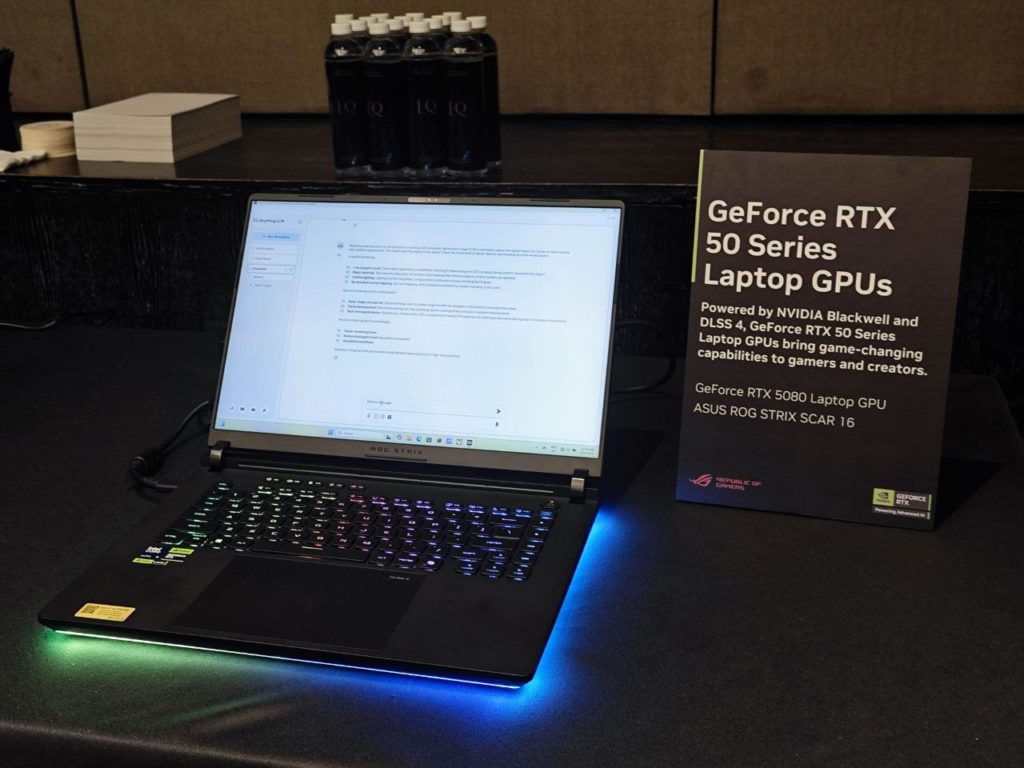
A significant narrative throughout the showcase was NVIDIA’s focus on locally-run AI. With the introduction of RTX AI PCs powered by the GeForce RTX 50 Series, NVIDIA is bringing AI foundation models directly to consumer hardware via NIM microservices. These lightweight yet powerful inference engines can run vision-language models, PDF summarizers, speech-to-text, image generators, and more—all without requiring cloud compute.
This initiative was brought to life through AnythingLLM, an open-source desktop app that lets users integrate large language models (LLMs) directly into their workflow. From document summarization to orchestrating enterprise-level tasks, the ability to run these tools offline, securely, and at speed represents a massive shift in AI accessibility for both developers and general users.
RTX Remix, DLSS 4, and a Modding Renaissance
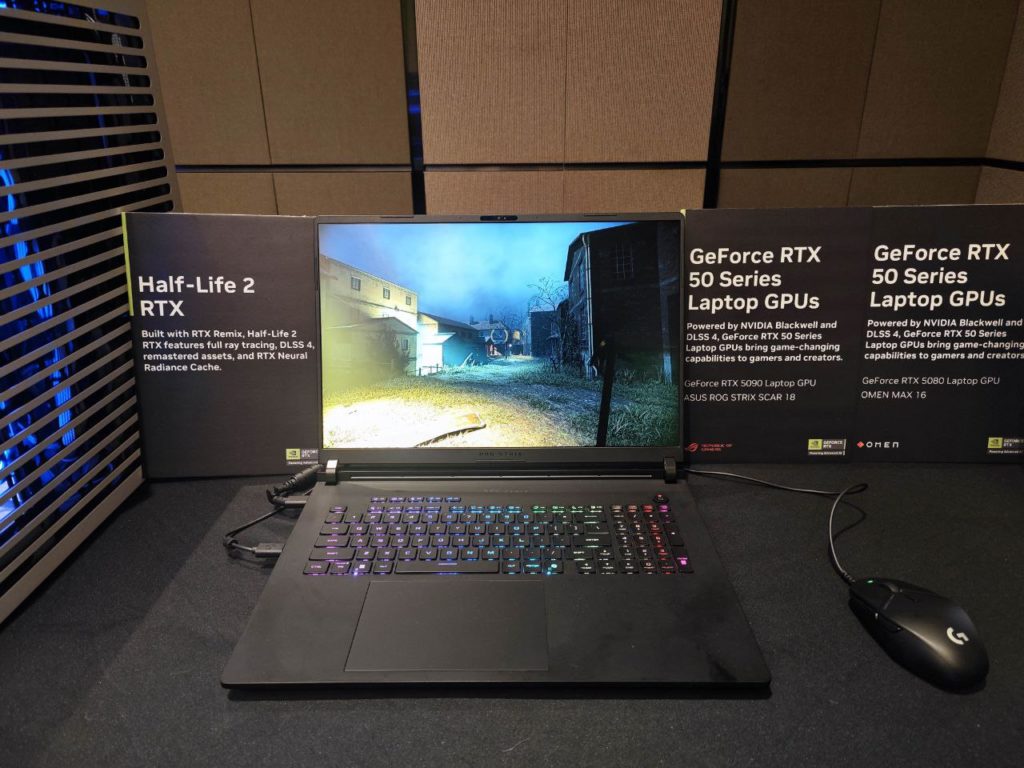
The nostalgia-filled highlight of the showcase was undoubtedly the announcement of Half-Life 2 RTX, rebuilt using RTX Remix. The demo not only featured fully ray-traced environments but also leveraged DLSS 4 and RTX Neural Shaders to modernize an iconic classic with jaw-dropping visuals and immersive realism. RTX Remix’s full release promises to reignite the modding community with AI-enhanced tools that make professional-grade remasters more accessible than ever.
Coupled with news that over 100 games and apps now support DLSS 4, including Black Myth: Wukong and SQUAD, NVIDIA’s ecosystem feels cohesive, robust, and rapidly expanding. The adoption rate of DLSS 4 is already outpacing its predecessor by two years—a testament to its game-changing impact.
Creativity Supercharged: NVIDIA Studio Tools
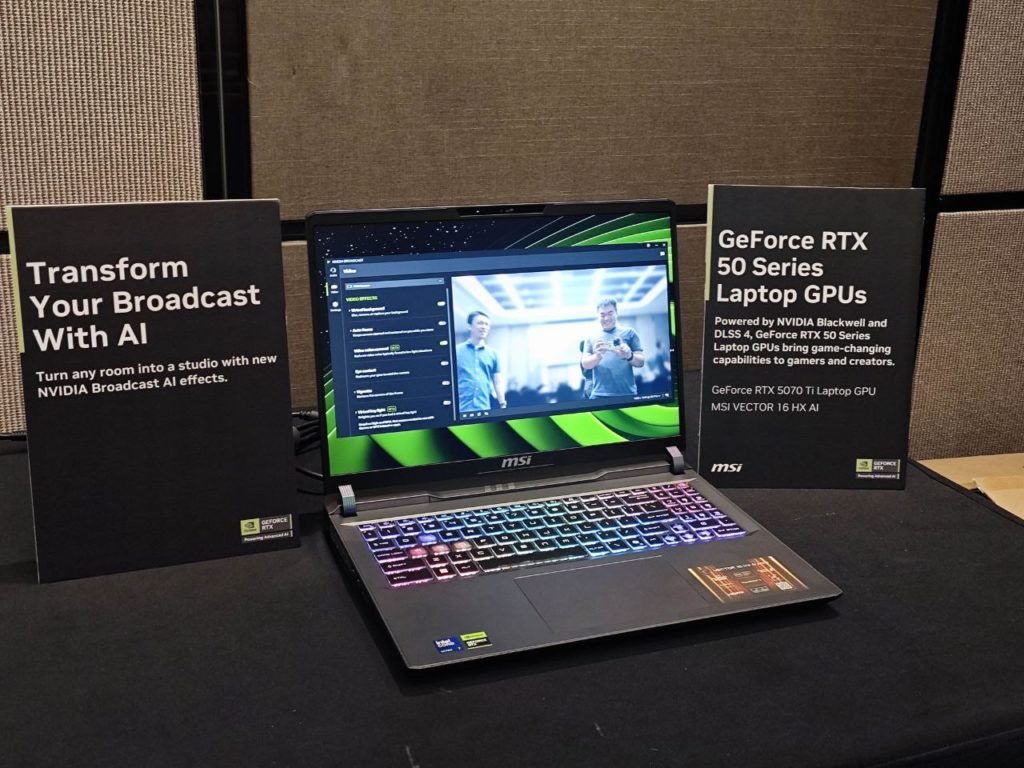
The creative community wasn’t left out. NVIDIA demonstrated how the Studio platform, powered by RTX 50 Series GPUs, is helping artists push the boundaries of what’s possible in real-time rendering and AI-assisted content generation. The new Studio Voice and Virtual Key Light features in the NVIDIA Broadcast app are directly addressing real-world needs for streamers and digital creators, enhancing audio and lighting on the fly.
Moreover, Streamlabs’ AI Streaming Assistant, powered by NVIDIA ACE and Inworld AI, is perhaps the first step toward AI co-hosting in live streaming—offering everything from script suggestions to real-time production assistance.
Final Thoughts
Today’s NVIDIA showcase didn’t just introduce new hardware—it outlined a bold new vision for personal computing. By embedding AI into the very fabric of the GPU, NVIDIA is turning desktops and laptops into platforms for agentic computing, where tasks are offloaded to intelligent, local agents that anticipate user intent, augment creative workflows, and redefine gaming realism.
This is not incremental progress—it’s a paradigm shift. Whether you’re a gamer, a creator, or a developer, the NVIDIA ecosystem is now primed to unlock the potential of AI across every domain of personal computing. If Blackwell is the engine of AI for the data center, then RTX 50 is its beating heart for the rest of us.
The future is local, intelligent, and immersive—and after today, it’s clear that NVIDIA is leading the charge.


